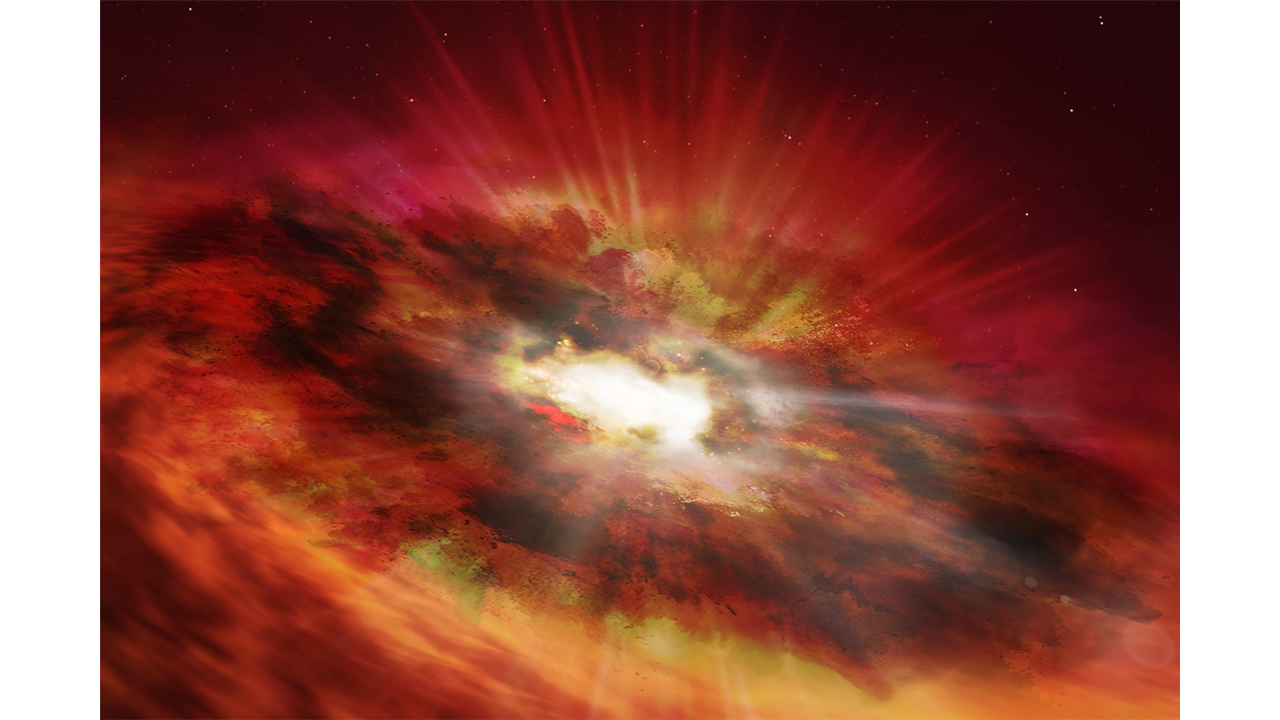Fast-growing black hole found in the early universe could unlock the secrets of the cosmos, scientists say
Black hole existed just 750 million years after the Big Bang, according to new research

A “monster” black hole has been found in the early universe, scientists say.
The mysterious object was hidden in plain sight in one of the most-studied parts of the sky.
And it could now help shed light on the mysteries of the cosmos, helping us understand galaxies and black holes, researchers say.
It existed just 750 million years after the Big Bang, according to the new research, which used data from the Hubble Space Telescope to spot the vast but hidden object that has been nicknamed GNz7q.
It was first spotted when researchers noticed in Hubble data that there was a compact source of ultraviolet light. It can’t have been the result of a galaxy – but did look like the radiation that comes out of materials as they fall into a black hole.
Scientists had theorised and simulated such black holes, growing in early star-forming galaxies. But they have not been directly observed until now.
“Our analysis suggests that GNz7q is the first example of a rapidly growing black hole in the dusty core of a starburst galaxy at an epoch close to the earliest supermassive black hole known in the universe,” said Seiji Fujimoto, an astronomer at the Niels Bohr Institute of the University of Copenhagen and lead author of a paper on the discovery. “The object’s properties across the electromagnetic spectrum are in excellent agreement with predictions from theoretical simulations.”
The black hole could be a missing link between supermassive black holes and the very early cores of star-forming galaxies from which they are thought to form.
“GNz7q provides a direct connection between these two rare populations and provides a new avenue toward understanding the rapid growth of supermassive black holes in the early days of the universe,” said Fujimoto. “Our discovery provides an example of precursors to the supermassive black holes we observe at later epochs.”
The journal article describing the findings, ‘A dusty compact object bridging galaxies and quasars at cosmic dawn’, is published in Nature today.
Join our commenting forum
Join thought-provoking conversations, follow other Independent readers and see their replies
Comments